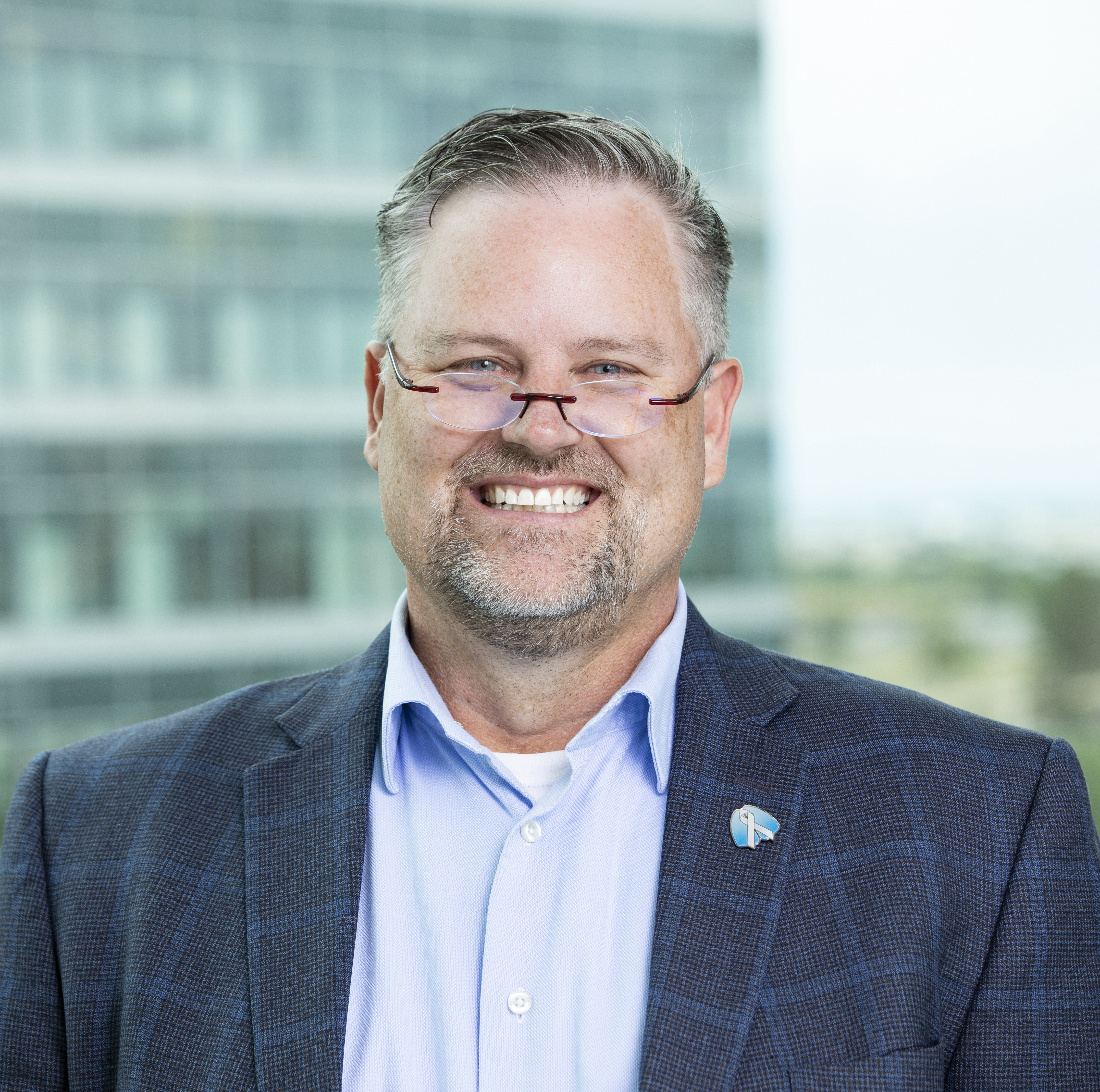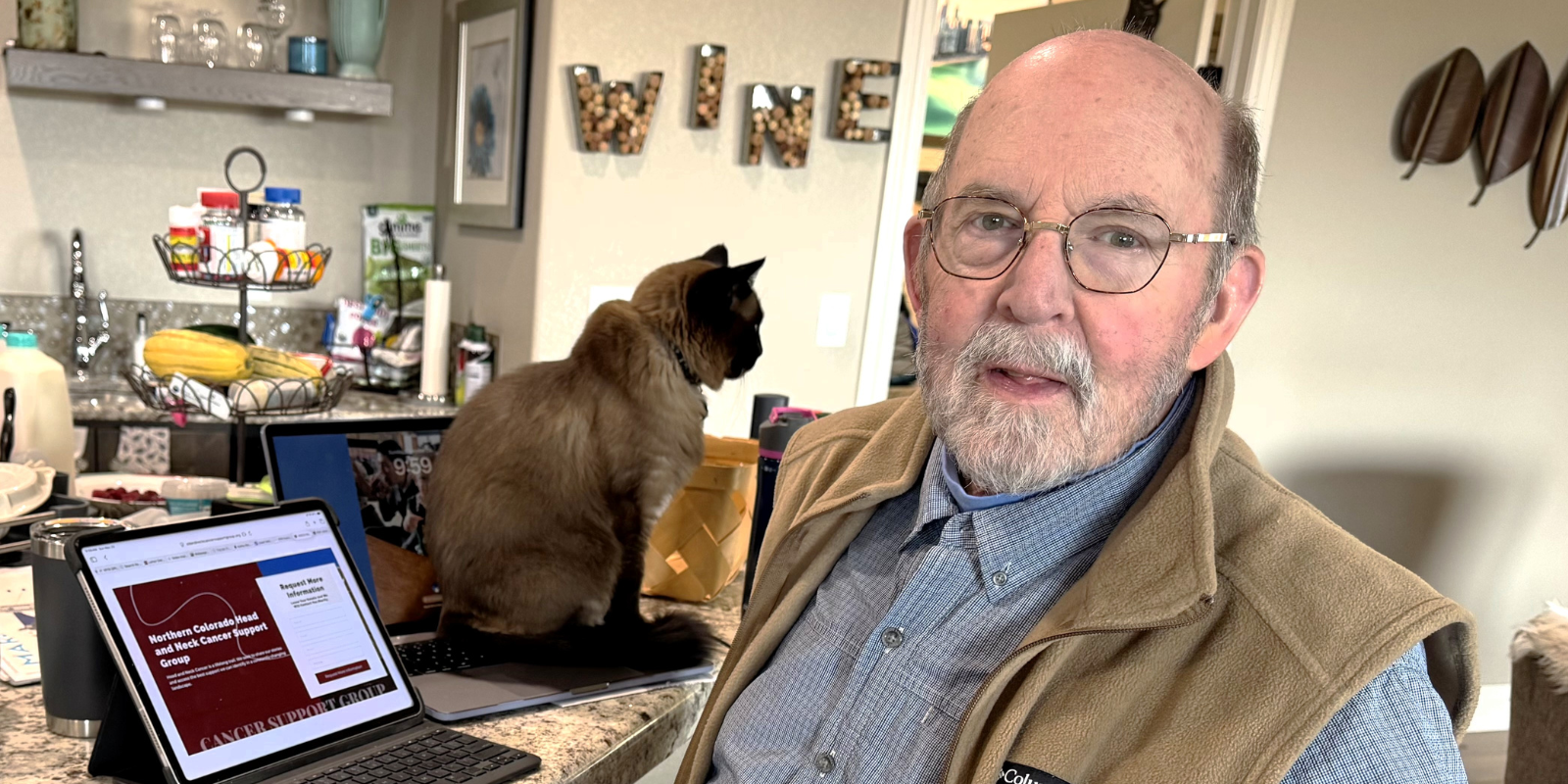Jamie L. Studts, PhD, co-leader of the University of Colorado Cancer Center’s Cancer Prevention and Control Program, has devoted much of his research career to studying inequities in lung cancer risk factors, screening, treatment, and survivorship.
That’s why the American Association for Cancer Research (AACR) called upon Studts’ expertise when creating its 2024 AACR Cancer Disparities Progress Report, a biennial publication that highlights research-driven advances toward health equity and issues a strong call to action with recommendations to address ongoing disparities in cancer incidence and outcomes. The latest version of the report was published on May 15.
“A lot of the organization of the research was done at the AACR, but I was asked to be part of a committee that contributed literature and ideas that may have been omitted,” Studts says. “We saw multiple iterations of things that were in our areas of expertise, but we could always provide input on any aspect of the report. We had the chance to reframe and improve the consistency of the message, as well as the recommendations from the report.”
Drilling down on disparities
The Cancer Disparities Progress Report examines the state of U.S. cancer disparities in 2024, finding that “in recent decades, disparities in the burden of certain cancer types have declined among racial and ethnic minority populations,” according to its executive summary. “However, despite this progress, substantial differences in cancer burden remain, and constituents across the cancer care continuum are working together to understand and reduce cancer disparities.”
Among the report’s takeaways are the fact that the incidence and mortality rates for stomach and liver cancers are significantly higher in American Indian, Alaska Native, Asian and Pacific Islander, and Hispanic populations; that residents of rural counties are 38% more likely to be diagnosed with and die from lung cancer; and that compared to cisgender men, transgender women are at lower risk of developing prostate cancer, but are nearly double the likelihood of dying from the disease.
“One of the areas where we see some pretty striking differences that are profoundly disheartening are in our sexual and gender minority communities,” Studts says. “When you have a community that’s significantly disenfranchised and has a justifiably complicated relationship with our health care system, we’ve got a lot of things to do to achieve cultural and societal equity.”
Indeed, much of the AACR report is focused on ways to increase community outreach to increase trust in the medical system and methods to build more effective pathways between communities and medical establishments.
“It’s about helping our institutions be more trustworthy, in ways that allow an individual to seek support to address issues early on and not wait until later,” Studts says. “That’s particularly important in progressive illnesses like cancer, where we have a much better chance to treat something more effectively when we are able to diagnose it earlier. If you’re concerned about resources, or access, or how a clinician or system is going to treat you, you tend to wait until it becomes more of a pressing issue.”
Progress being made
Studts points out that the report contains some good news, as well — it’s not all a “doom and gloom story,” he says.
“There are areas where inequity is down or has even been eliminated across certain parameters,” he says. “For instance, the difference in lung cancer mortality between white and Black men has declined from a 30% difference to around 10%. Mortality among white men is declining, but mortality among Black men is declining faster.
“There’s no room for victory laps, because there are still widespread disparities and inequities and things we have to do to improve our cancer research and care delivery and outcomes,” he adds, “but we also have to champion successes when we see them.”
The CU Cancer Center has many physicians, researchers, and staff members working on reducing disparities for the state of Colorado. That work comes out of the Office of Community Outreach and Engagement, the Office of Diversity, Equity, Inclusion, and Access, the Cancer Prevention and Control Program, and many other groups around the center.
Solutions oriented
In addition to detailing disparities, the AACR report also offers solutions, including increasing federal funding for medical research and public health initiatives, increasing federal investments in STEMM education programs, expanding cancer prevention and screening efforts, and continuing efforts to ensure diverse representation in cancer-related research studies and clinical trials.
“The report also talks about how important it is that we have a research workforce, a clinical workforce, and a supportive care workforce that represents our community,” Studts says. “That’s critically important. That translates into understanding of communities more effectively, based on personal experience.”
The CU Cancer Center’s Cancer Research Training and Education Coordination (CRTEC) focuses on training and education, placing an emphasis on recruiting underrepresented populations.
Creating impact
Now that the latest AACR disparities report is out in the world, Studts looks forward to seeing its impact as the word spreads about its findings.
“We want to create more dialogue around it, and we hope it has some impact on policy,” he says. “This report is going to Congress, to recognize that policy matters, and what they do with their votes matters in terms of our nation’s cancer burden. Whether it’s how resources are allocated, or whether it’s research, clinical, policies, or access to medications, there are lots of things on their plate to make decisions about that directly impact equity.”




